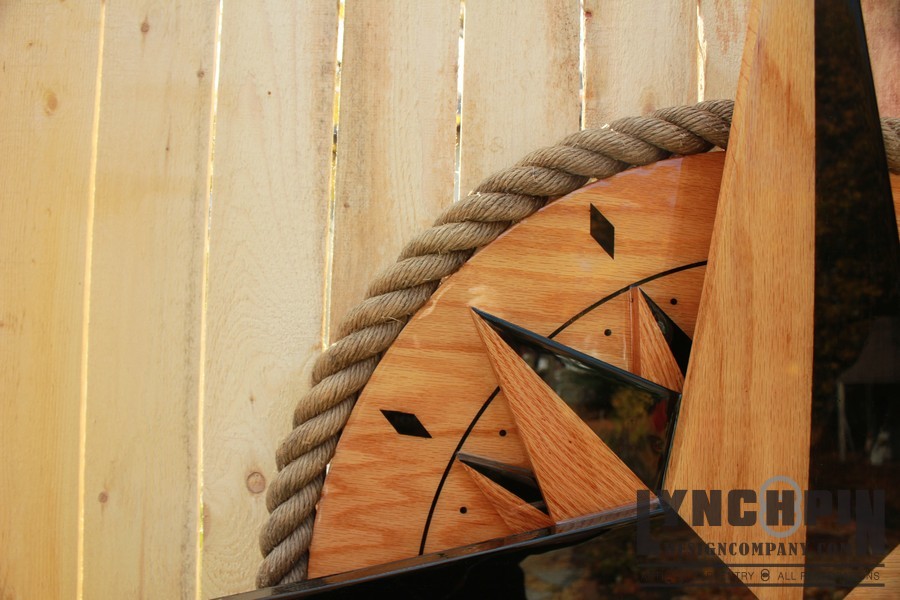
Along with the Age of Exploration, came a need to implement a standard compass. In ancient times, maps were typically drawn from whatever perspective the map maker
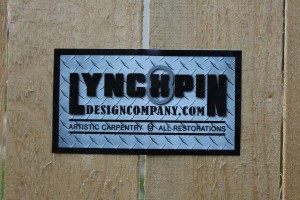 preferred, and Northwas rarely aligned with the top edge. The Compass Rose became a definitive figure displaying the orientation of the cardinal directions, north, south, east and west on a map or nautical chart.
preferred, and Northwas rarely aligned with the top edge. The Compass Rose became a definitive figure displaying the orientation of the cardinal directions, north, south, east and west on a map or nautical chart.
The compass rose was painted on ships and vessels. It soon became common for men at sea to place nautical star tattoos on their forearms and hands. It was believed to offer protection, security, and guidance. Over time the North point on a compass rose became a symbol for finding your way home safely and symbolically finding your way in life. Because many sailors were deeply superstitious with a rich history of lore about life and death at sea, they were always looking for lucky charms. A historic fear of life and death at sea caused many sailors to become deeply superstitious, and thus the compass rose became a strong symbol of luck and a desire to return home safely.
You will often hear a compass rose referred to as a windrose, however the windrose is actually an ancient version of a compass rose, which personified 32 compass directions as winds.
Today the use and idea of a compass rose is found on or featured in almost all navigation systems, including nautical charts, NDB and VOR systems, and some GPS sets. There are multiple variations of the compass rose. Today, compasses use the eight principal directions (N, NE, E, SE, etc.).
-
4-point compass roses use only the four “basic winds” or “cardinal directions” (North, East, South, West), with angles of difference at 90°.
-
8-point compass roses us the eight principal winds—that is, the four cardinal directions plus the four or “ordinal directions” (NE, SE, SW, NW), at angles of difference of 45°.
-
16-point compass roses contain half-winds, at angles of difference of 221⁄2°. The names of the half-winds are simply combinations of the principal winds to either side, e.g. North-northeast (NNE), East-northeast (ENE), etc.
-
32-point compass roses contain quarter-wind names. Naming all 32 points on the rose is called “boxing the compass”.
This three dimensional hand-made commissioned piece was constructed using oak and 90-year-old nautical rope, displaying the 16-point version of the Compass Rose.


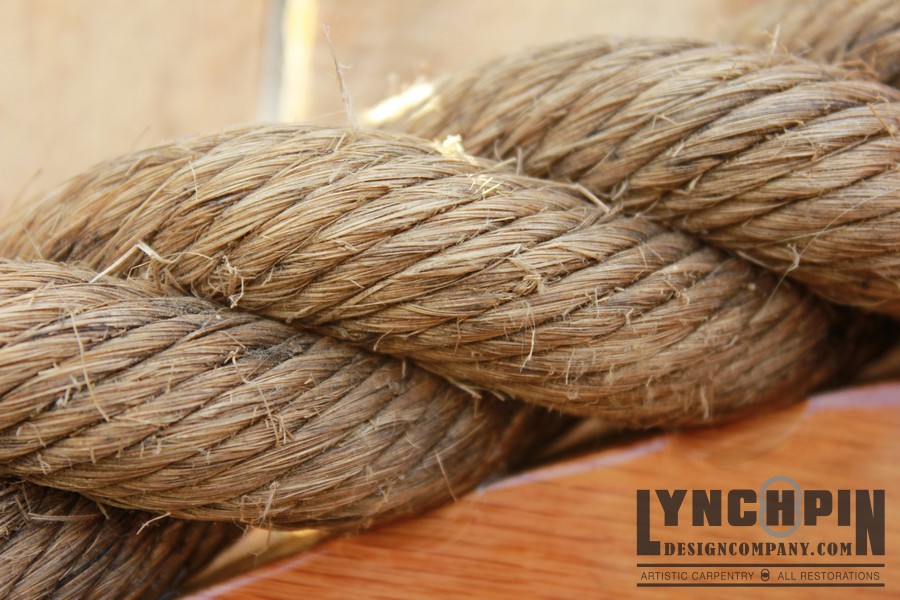
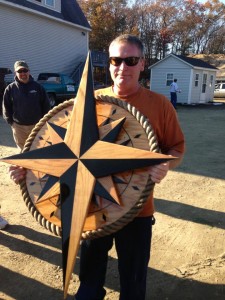
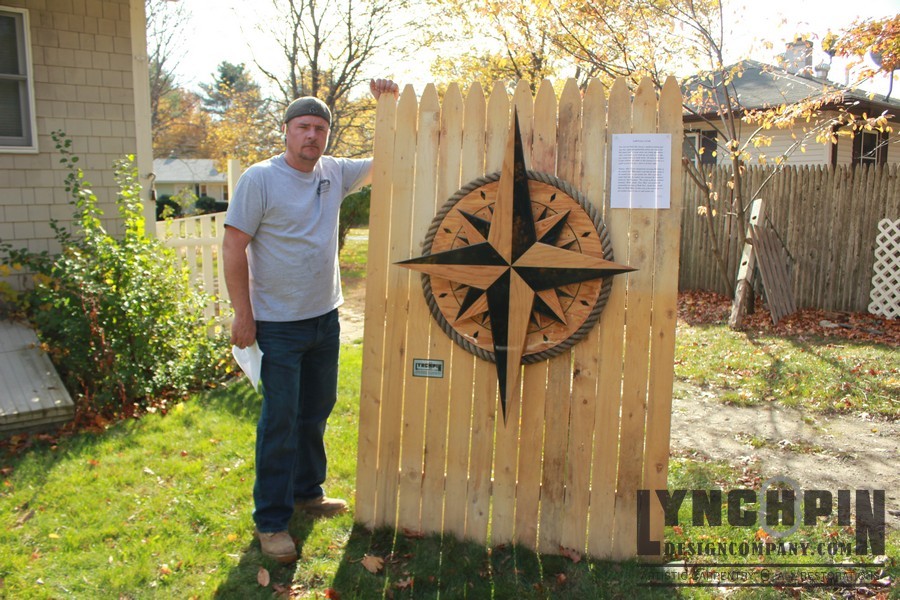
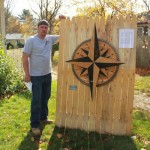
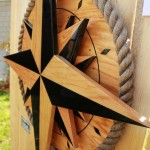
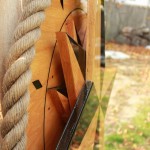
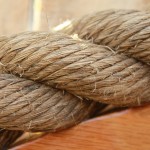

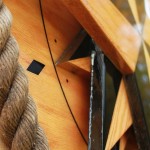
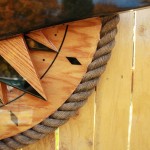
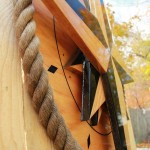
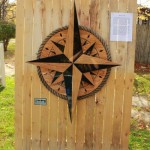
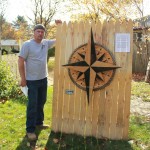
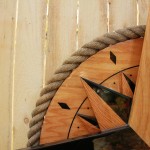
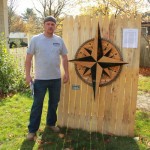

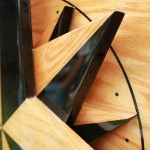
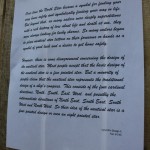
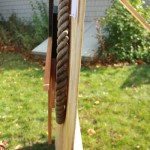
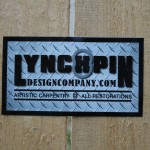
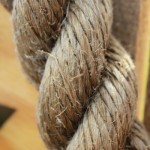
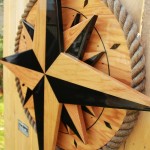
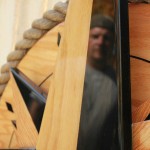
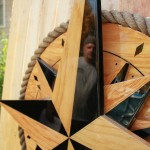
Hello,
What a beautiful compass rose!!!! Great Job! I am interested in purchasing one as a gift. Can you please let me know the $.
Thank you so much. Looking forward to receiving your e-mail.